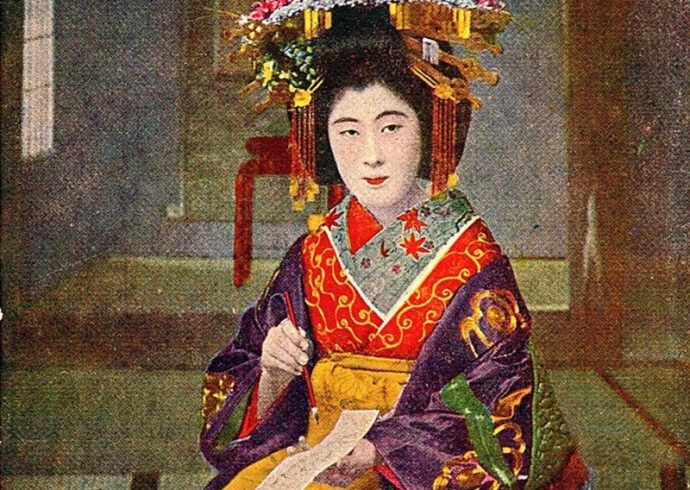
Unut: The Rabbit Goddess of Ancient Egypt
Rabbits have long been associated with spring and Easter as a symbol of fertility and new birth. In the ancient world, pre-Christian religions would celebrate the spring equinox with live rabbits, as this is the time of year when many wild animals give birth to their young. While the rabbit as an actual representation of deity did not exist on the European continent, in ancient Egypt there was one such deity by the name of Unut.
Unut was a rabbit headed goddess who origins dated back to prehistoric Egypt. Also known as Wenut, this deity has an interesting path of evolution, for she was not always known as a rabbit shaped deity. Prior to her rabbit form which came about at an unknown point during her worship, she was represented in the form of a snake. This seems rather unusual for a reptile to be transformed into a soft, gentle, furry creature, even though snakes too were considered symbols of fertility in ancient Egypt.
Like so many other deities such as Horus, Osiris and Thoth, Unut was also represented as having the body of a human – in this case, a female – with the head of a rabbit. Other times, Unut was simply a woman with a headress that bore a sitting rabbit on top.
Unut was worshipped in the city of Hermopolis, located on the border dividing lower Egypt and upper Egypt.
The city was so named after the Greek god Hermes, whose Egyptian counterpart is Thoth, the god of wisdom. Thoth was also worshipped at Hermopolis, and with Unut, became two important deities in this city.
Not much else is known about Unut or how she was worshipped but there is one representation of her discovered at a temple in Giza that was built for the Pharaoh Menkaure. The statue showed the king standing in the middle, with Hathor on the right, and Unut on the left. The discovery was made in 1908 and since then, nothing more was yet discovered with representations of this rabbit headed goddess. To date, there are a few inscriptions of her name that were discovered at Hermopolis through the years.
Regarding Unut and her early snake representation, according to the priesthood at Hermopolis, Thoth was the first deity who created two pairs of snakes, and two pairs of frogs, who in turn created the ancient world.
The snake association could very well be one reason why Unut in her primitive form was so readily accepted in worship in this ancient Egyptian city. Thoth also created two pairs of frogs, and with the four sets of animals, they created what is known as the Ogdoad. Curiously enough, the region where Hermopolis was located was nome number 15 in Middle Egypt, which was known by name as “The Hare.” This does of course provide the possibility of how Unut went from being a snake deity to a rabbit deity. Unut most likely became the main goddess of this nome at one point, given the way she was represented by ancient Egyptians. It was not uncommon for each town and region in Egypt to have a deity to represent the area.
While Unut remains a lesser known deity in Egyptian mythology, there is always the possibility of archaeologists discovering more representations and information about her. Even though Unut is not usually thought of during Easter, as a fertility symbol she does seem appropriate enough for the holiday. Originally referred to as “The Swift One”, Unut as a rabbit headed goddess holds a special place for those who have an interest in the role of rabbits in human civilization.
Image Credit: Louvre Museum, CC BY-SA 2.0 FR, via Wikimedia Commons.


